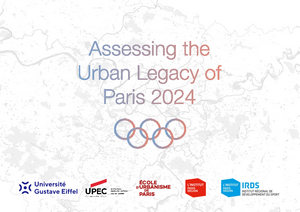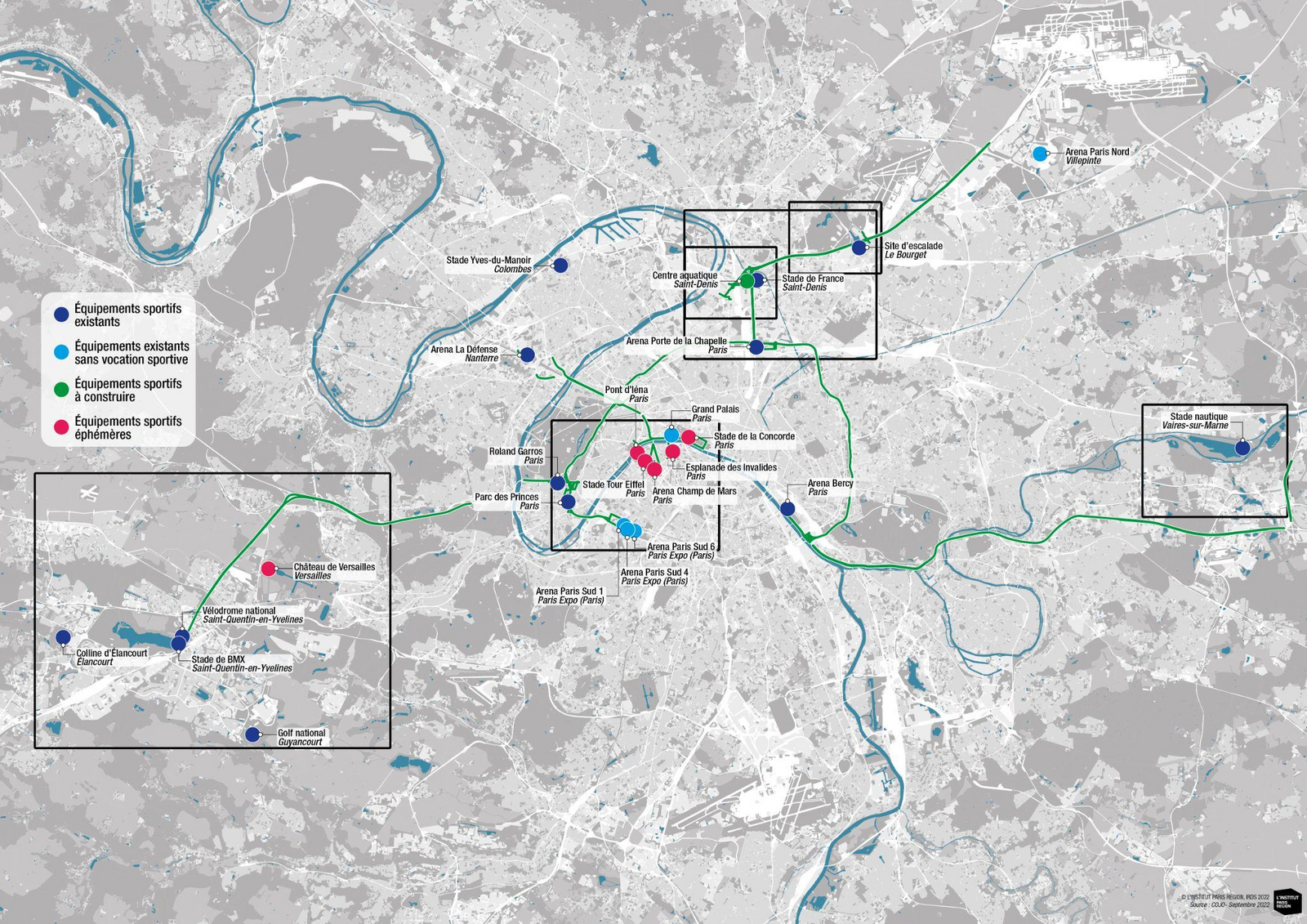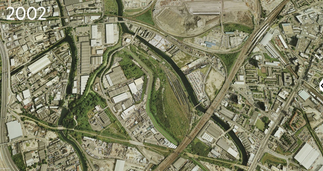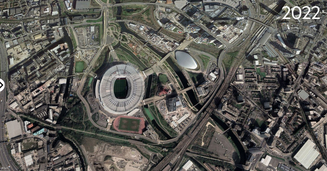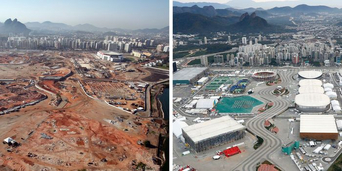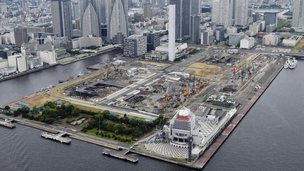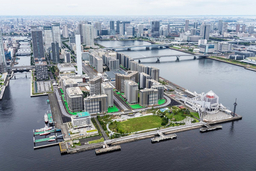Assessing the Urban Legacy of Paris 2024
Workshops of Masters-level students in Urban Planning from the Paris School of Urban Planning (EUP)
The idea of leaving behind a positive legacy for the Olympic Games host cities in the 21st century has become a growing necessity more than ever before.
This study aims to present a better understanding of urban legacy and to provide principles to evaluate the urban legacy of Paris 2024. On the one hand, this report offers learnings from the past three Olympics in London 2012, Rio 2016 and Tokyo 2020 that helped in defining urban legacy and breaking down its complexity. On the other hand, it provides a detailed overview of what are the place-based stakes and challenges of the Olympic Games’ ongoing projects in Seine-Saint-Denis within three major themes: blue and green spaces, mobility & public spaces. It is important to note that evaluating urban legacy is not only an iterative process but also a multidimensional and multiscalar one. Straddling across different municipalities, major projects are taking place in the county of Seine-Saint-Denis, such as: the Aquatic Centre which will host the swimming competitions, the renovation of five swimming pools; the Pleyel bridge linking the Aquatic Centre to the Stade de France; the Athletes’ Village and the Media Cluster; regeneration of Terrain des Essences, a formerly polluted land, to host a dedicated biodiversity park; the creation of a cyclable loop to allow soft mobility to the venues; the creation of a soundproof wall on the highway A86, and the burial of high-voltage power lines, that are highly awaited by residents; and the Pleyel station - also part of the metropolitan project of the Grand Paris Express, which will provide an important mobility hub at the scale of the Greater Paris.
This study was carried out by students of the M2 International Master in Urban Planning and Studies Track European Studies as part of the 2022-2023 Planning Studio articulated under the Paris School of Urban Planning (École d’Urbanisme de Paris - EUP) with the Planning Institute of Paris (Institut d'Urbanisme de Paris - Université Paris Est Créteil) and the French Urbanism Institute (Institut français d'urbanisme - Université Gustave-Eiffel). The students come from diverse backgrounds such as geography, architecture, political sciences, landscape architecture and urban planning. It is relevant to note that this study was conducted while the Olympic project constructions are still ongoing and is thus based on the envisioned expected legacy.
By Alix Laubressac, Daniele Baldo, Emma Thieffry, Kavyashree Swamygowda, Lucile Daull, Nolan Houli, Rui Chen, Samantha Gemayel, Tamara Klaric, Yasmin Dayshoum of the École d’Urbanisme de Paris
With the guidance of Francesca Artioli (École d’Urbanisme de Paris - EUP), Corinne Jaquand (ENSA-PB, a French Grande Ecole and School of Architecture) and Joel Idt (École d’Urbanisme de Paris - EUP)
The study was commissioned by the Institut Paris Region and the Paris Region Sport Development Institute (IRDS): Nicolas Corne-Viney, Brigitte Guigou and Claire Peuvergne
Further reading
This page is linked to the following category :
Urban planning
